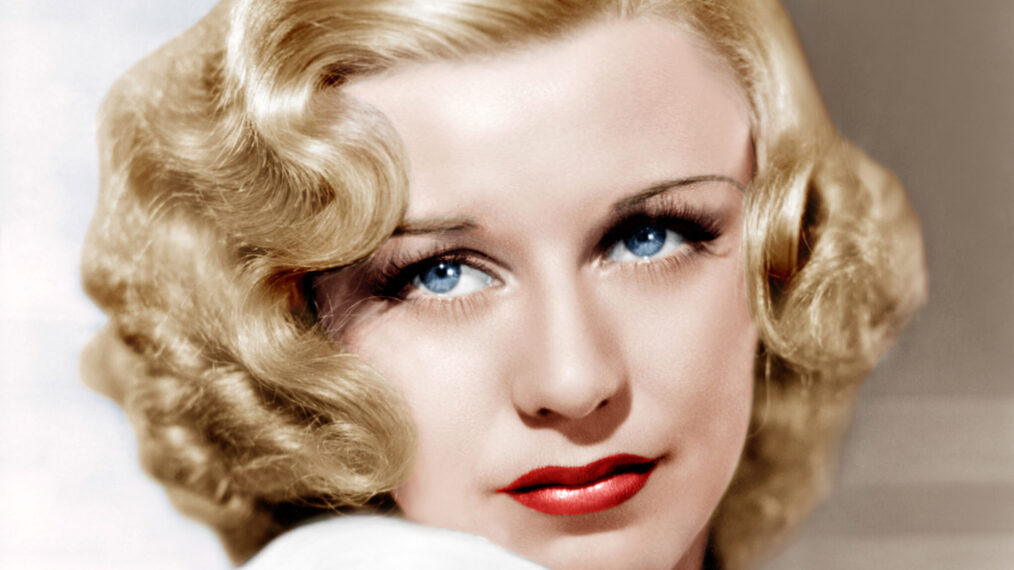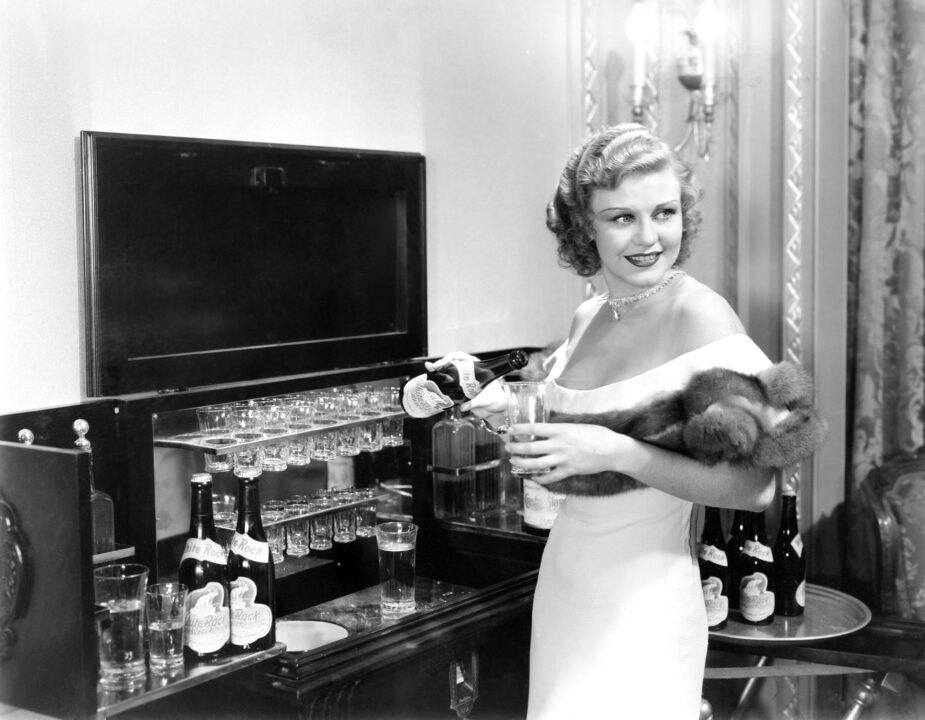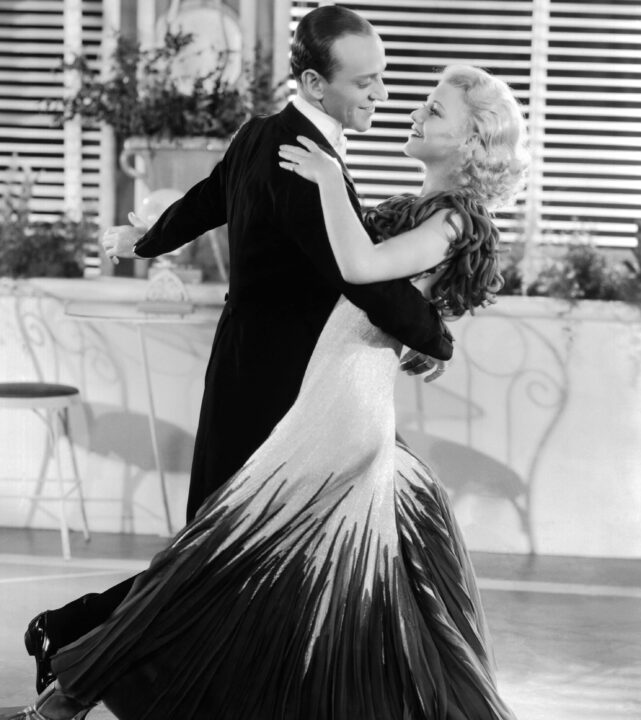The Shocking Story From Ginger Rogers’ Childhood That Almost No One Knows

When you hear the name Ginger Rogers, it’s easy to visualize her dancing in perfect harmony with Fred Astaire, gliding across the screen with grace and elegance. But there’s more to the performer, who was born on July 16, 1911, than just those famous dance routines. Behind her on-screen image, Rogers was a trailblazer — an actress, singer and comedian who carved out her own unique path in an era where women’s roles were often confined to the sidelines, especially in a male-dominated industry like Hollywood. Behind the polished image was a woman who was just as skilled in comedy, drama and music — and who didn’t just play by Hollywood’s rules, but often rewrote them.
Even decades after her death on April 24, 1995, she remains extremely popular. In honor of her birthday, here are five things you probably didn’t know about Ginger Rogers.
1 She was kidnapped by her father as a child after her parents separated
During the ensuing custody battle after her parents separated, her father, William Eddins McMath, kidnapped her twice. Once when she was less than a year old and again two years later. Her mother, Lela, went to court and was awarded custody of Ginger. Her father’s visiting rights were curtailed, and Ginger saw little of him before his death when she was 11.
2 She did not drink alcohol and owned her own ice cream fountain

Ginger Rogers in 1933’s “42nd Street.” Credit: Everett Collection
Rogers was a lifelong adherent Christian Scientist, a religious movement that emphasizes spiritual healing and abstinence from alcohol, tobacco and other drugs. This deeply held belief shaped her personal habits throughout her life. In contrast to the typical “wet bar” found in many celebrity homes, Rogers had an ice cream fountain installed in her own residence. This detail perfectly sums up her wholesome image.
3 She was a talented visual artist
Rogers painted in her spare time. She also sketched and created sculptures but could not bring herself to sell her artwork. In 2011, an exhibition called “Ginger Rogers’ Century’ at Boston University’s Gotlieb Archival Research Center featured a likeness she did of composer Irving Berlin, suggesting a degree of skill in her artistic endeavors.
4 Her on-screen partnership with Fred Astaire was basically just that — on-screen

Everett Collection
Rogers first teamed up with Astaire in Flying Down to Rio in 1938 — her 20th film but only his 2nd — and the pair appeared in 10 films together, with the final film being in 1949 (The Barkleys of Broadway). But according to IMDb, Astaire and Rogers didn’t socialize off-screen. “After all, it’s not as if we were Bud Abbott and Lou Costello. We did have careers apart from each other,” she said. “We had fun and it shows. True, we were never bosom buddies off the screen; we were different people with different interests. We were only a couple on film.”
5 Rogers’ great-great-great-grandfather was a doctor who promoted quinine to treat malaria
Dr. John Sappington was known for introducing and promoting the use of quinine pills to treat malaria in Missouri. While not the discover of using quinine to treat malaria, he was instrumental in making the treatment widely available in that region. According to the Historic Sappington House Museum, Sappington [1776-1856] developed a treatment using quinine, a potent antimalarial agent from the bark of Peru’s cinchona tree. Medicinal uses for this date back to the 17th century, according to the Kennedy-Krieger Institute.

1950s Musicals
November 2020
Bright and brassy, toe-tapping musicals from the 1950s
Buy This Issue